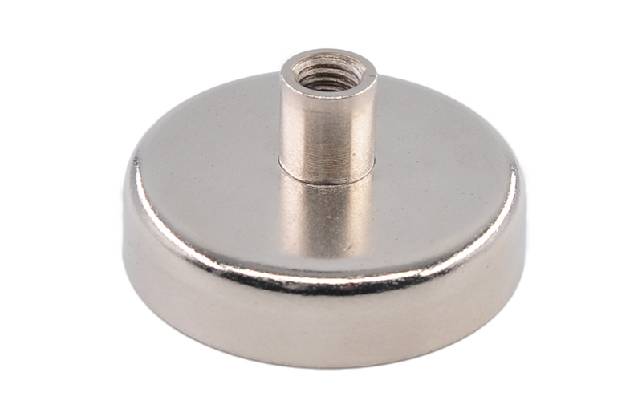1. The history of magnets:
Magnets are more and more widely used. From high-tech products to the simplest packaging magnets, neodymium iron boron magnets and ferrite magnets are currently the most widely used. From the perspective of the development history of Magnets, at the end of the 19th century and the beginning of the 20th century, people mainly used carbon steel, tungsten steel, chromium steel and cobalt steel as permanent magnet materials. At the end of the 1930s, the successful development of AlNiCo magnets made the large-scale application of magnets possible.
In the 1950s, the appearance of barium ferrite magnets not only reduced the cost of permanent magnets, but also expanded the application range of permanent magnet materials to the high-frequency field. In the 1960s, the emergence of samarium cobalt permanent magnets opened up a new era for the application of magnets. In 1967, Strnat of Dayton University in the United States developed a samarium-cobalt magnet, marking the arrival of the era of rare earth magnets. So far, the rare ten permanent magnets have experienced the first generation of SmCo5, the second generation of precipitation hardening Sm2Co17, and the third generation of Nd-Fe-B permanent magnet materials. At present, ferrite magnets are still the most used permanent magnet material, but the output value of NdFeB magnets has greatly exceeded ferrite permanent magnet materials, and the production of NdFeB magnets has developed into a major industry.

Ndfeb Magnet
2. The magnetic force is arranged as follows: Ndfeb Magnet, samarium cobalt magnet, alnico magnet, ferrite magnet.
3. Magnet manufacturing process: The manufacturing process of neodymium iron boron magnet, Smco Magnet, alnico magnet and ferrite magnet is also different
In terms of technology, NdFeB magnets include sintered NdFeB magnets and bonded NdFeB magnets. We mainly talk about sintered NdFeB magnets.
The process of neodymium iron boron magnet is as follows: Process: ingredients → smelting ingot → powder making → pressing → sintering and tempering → magnetic inspection → grinding → pin cutting → electroplating → finished product. Among them, the ingredients are the foundation, and the sintering and tempering is the key NdFeB magnet production tools: smelting furnace, jaw breaking machine, ball mill, jet mill, compression molding machine, vacuum packaging machine, isostatic press, sintering furnace, heat treatment vacuum furnace, Magnetic performance tester, Gauss meter. NdFeB magnet processing tools: special slicer, wire cutting machine, flat grinder, double-sided machine, punching machine, chamfering machine, electroplating equipment

Copyright © Ningbo Horizon Magnetic Technologies Co., Ltd. All Rights Reserved Sitemap